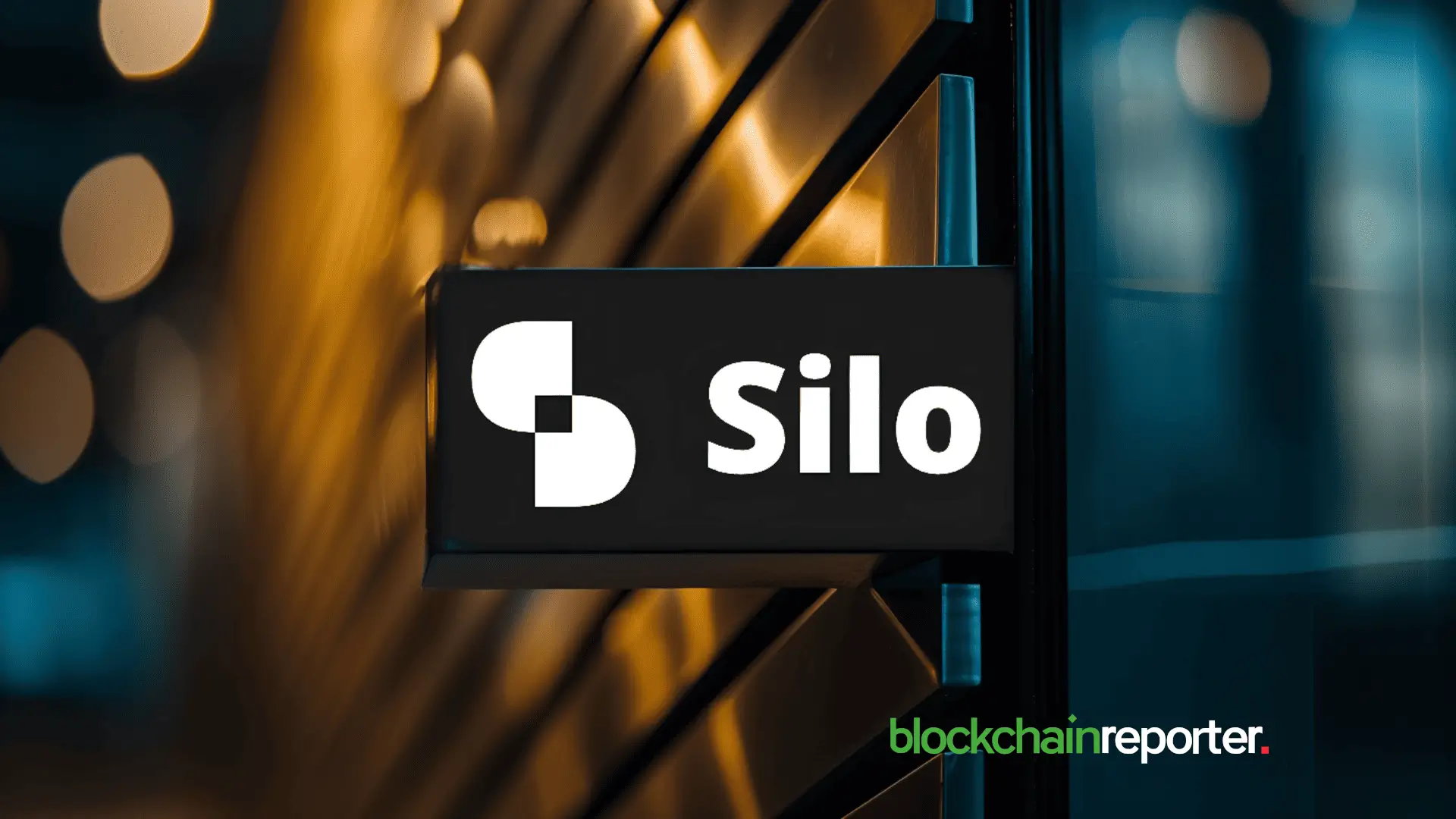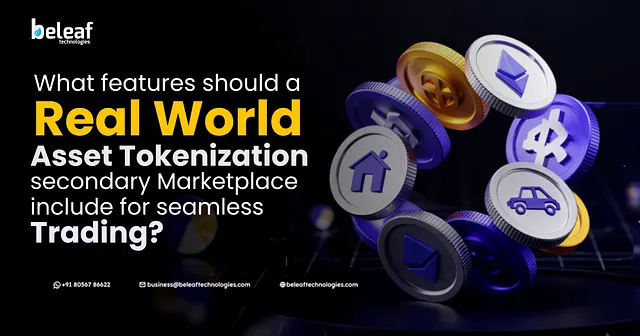Silo Finance Rolls Out Flexible Risk Isolation and 50% Revenue Sharing for xSILO Holders

Silo Finance, the lending protocol built around the idea that users’ capital should only face the risks they knowingly accept, has pushed that philosophy forward with a major v2 rollout and a new revenue-sharing model that returns 50% of protocol revenues to xSILO stakers in USDC.
What began as a push away from shared-pool lending, where bad debt and liquidations can cascade across users, is now a flexible, permissionless system that keeps markets isolated while opening up a far wider range of asset pairings.
Under v2, every lending market is represented by two ERC-4626 vaults, meaning any two assets can form a lending pair and markets can be deployed via the Factory without gatekeeping. That architecture preserves the core promise of isolation while standardizing integrations for third-party builders.
From v1 to v2
In v1, Silo proved the isolation concept worked, but markets were limited in scope, mostly pairing ETH and USDC. V2 keeps isolation front and center while adding vaults, curation, and routing so related assets can be grouped and deposits routed across selected markets.
The result: users can still concentrate liquidity where they want for better risk-adjusted returns, while any contagion remains contained inside an individual market. For the user, the flow is straightforward: pick a market, lend or borrow, and manage risk on a per-market basis.
Developers gain “hooks” to add custom features, one-click leverage, collateral switches, permissioned markets with counterparty filters for institutional users, and other new market flavours, without undoing the isolation guarantees.
Rapid Multi-chain Growth
Silo v2 is already running across multiple EVM chains, Ethereum, Avalanche, Arbitrum and Sonic, and supports market types that go beyond plain ERC-20 tokens: tokenized real-world assets (RWAs), BTC yield strategies and vault-backed yield markets are all live or deployable.
On each chain, curators operate on-network to add depth and route liquidity into trusted markets; names active in curation include MEV Capital, Apostro and Varlarlmore. The multi-chain presence shows the protocol’s intent to scale its risk-isolated model across the broader EVM ecosystem.
Revenue Sharing
Silo’s governance has tied protocol usage directly to its staked governance token: half of protocol revenues will be returned to xSILO holders, paid out in USDC. The change is a structural shift from prior buyback-and-distribute models and is intended to give active governance participants predictable, stable rewards denominated in a dollar-pegged asset.
Governance retains control over reward settings and distribution mechanics, keeping decisions in the hands of engaged token holders. According to on-chain dashboards and Dune queries referenced by the protocol, Silo’s EVM footprint shows meaningful scale:
- Avalanche TVL: $184,745,996
- Arbitrum TVL: $69,406,853
- Sonic TVL: $164,278,935
- Ethereum TVL: $75,233,485
- Total EVM TVL: $493,665,269
- Annualized revenues: over $2 million
- Revenue share: 50% to xSILO holders in USDC.
“Risk isolation has guided Silo since the start. With v2, we kept that foundation and made it flexible enough to support new market types, from RWAs to BTC yield. We’re scaling across EVM while keeping risks contained,” said Ayham Jaabari, founding contributor at Silo Finance.
Why it Matters
Silo’s approach addresses two persistent tensions in DeFi lending: the need for composability and yield innovation, and the need for risk containment. By making isolation the primitive and vaults/curration the mechanism, Silo gives liquidity managers, institutions, and retail users tools to seek yield without exposing their entire capital stack to a single market failure.
The addition of a direct, USDC-based revenue distribution to stakers also aligns incentives: those who govern the system receive a predictable slice of the protocol’s success. As Silo continues to add markets and curators across EVM chains, the combination of modular vaults, permissionless market deployment, and on-chain revenue flows could make it a notable test case for how lending protocols balance growth with prudence.
You May Also Like

CME to launch Solana and XRP futures options on October 13, 2025

Bitcoin Hyper Presale Breaks $18M While Bitcoin Core v30 Upgrade Divides the Community
